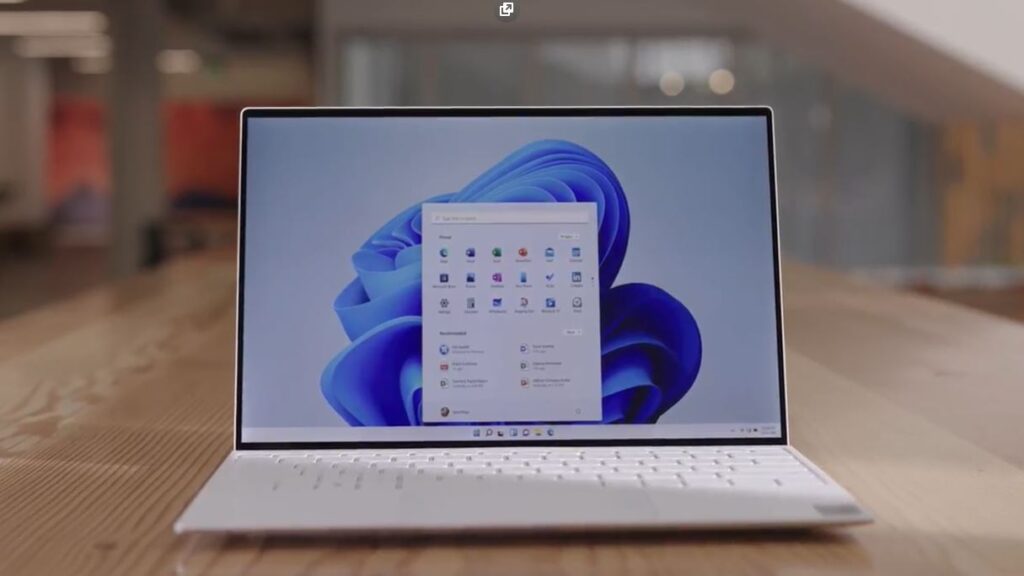
Windows 11 is coming as a free upgrade for Windows 10 owners; here’s what you need to know now
Microsoft has announced that Windows 11, their update to Windows 10 is just around the corner with a slated arrival later this year. Here’s what you need to know about Windows 11 including a few details that were glossed over at launch.

Here’s what you need to know about Windows 11
The new operating system will be a free update for those who already run Windows 10. Microsoft states that Windows 11 will have a ‘fresh, clean interface and intuitive’ features to empower users to get things done.
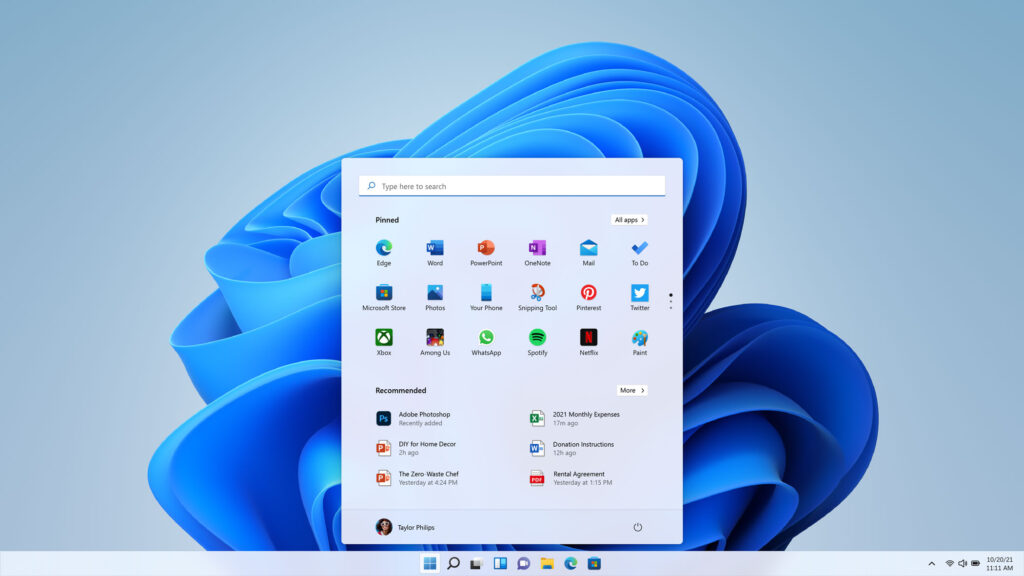
Rather than the traditional start button in the lower left corner, they’ve decided to plonk it straight in the center with Windows 11 allowing users to view recent files used across other platforms and devices be it Android or iOS and continue where they left off.
Windows 11 will also feature more efficient ways to organise things like themed Desktops that are customisable for different tasks like work, gaming or school. It will also feature Snap Layouts and Snap Groups to organise multiple windows and apps by locking them side by side onto the desktop.
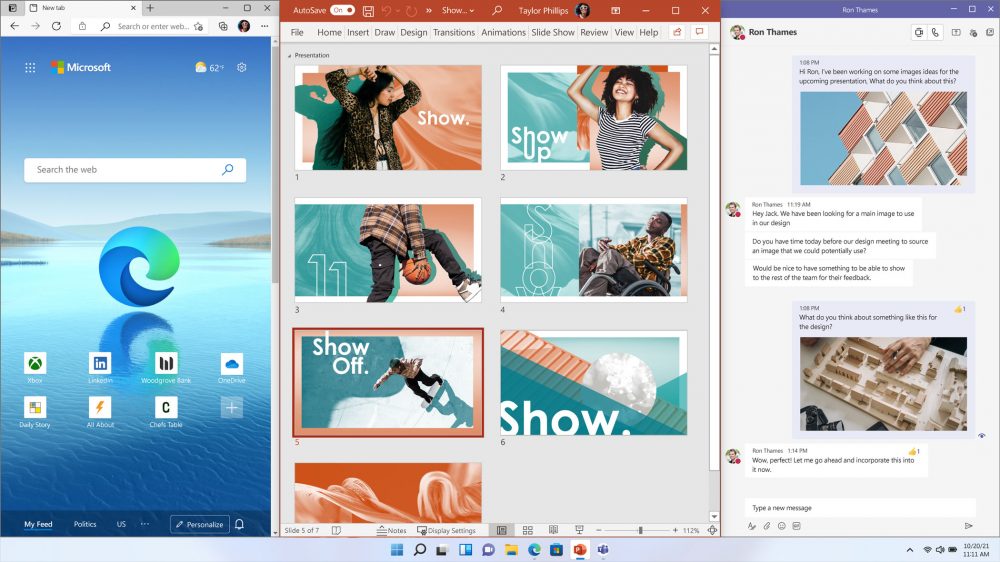
The new operating system also features a rebuilt Microsoft store that – wait for it – allows for Android apps to be used via the Amazon App store though how it’ll work in our region vis a vis the conventional Google Play Store is somewhat obtuse for now.
Whether it’ll support sideloading Android apps in this context also remains to be seen and there’s the usual ramifications of security and malware if you sideload apps. What has been stated is that the apps will run natively in Windows 11 via Intel Bridge tech courtesy of Intel.
Microsoft has also integrated their Microsoft Teams conference app into the taskbar to make it easier to get in touch with other users. Of course, much like the original Internet Explorer browser back in the early 90’s, putting it front and center on your desktop also edges out the competition for other video call apps.
Now that the official spiel is done, here’s what you really need to know about Windows 11.
What you really need to know about Windows 11 – minimum specs and the fine print
As with any hardware, there is a minimum set of specifications to run it. At launch you will need, at the very minimum, a 64-bit processor, 4GB RAM and 64GB of storage. Officially speaking, here’s what Microsoft states on their website:
| Processor: | 1 gigahertz (GHz) or faster with 2 or more cores on a compatible 64-bit processor or System on a Chip (SoC) |
| RAM: | 4 gigabyte (GB) |
| Storage: | 64 GB or larger storage device
Note: See below under “More information on storage space to keep Windows 11 up-to-date” for more details. |
| System firmware: | UEFI, Secure Boot capable |
| TPM: | Trusted Platform Module (TPM) version 2.0 |
| Graphics card: | Compatible with DirectX 12 or later with WDDM 2.0 driver |
| Display: | High definition (720p) display that is greater than 9” diagonally, 8 bits per color channel |
| Internet connection and Microsoft accounts: | Windows 11 Home edition requires internet connectivity and a Microsoft account to complete device setup on first use.
Switching a device out of Windows 11 Home in S mode also requires internet connectivity. For all Windows 11 editions, internet access is required to perform updates and to download and take advantage of some features. A Microsoft account is required for some features. |
So far, so good, which is what even a borderline clunker of a PC has these days save for ancient relics out of an alternate timeline.
Rather than having to pore through your spec sheet, you can download Microsoft’s PC Health app via their official link here that will automatically tell you if your laptop is eligible to run Windows 11.
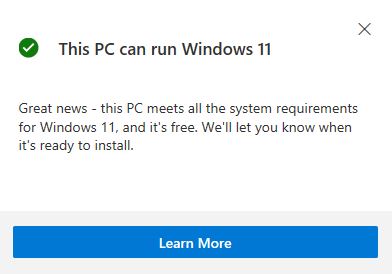
Assuming that all goes well and if your PC meets the minimum requirements the PC Health Check app will greenlight your PC with this message
The proviso here, if you read the fine print though, is that Windows 11requires a core technology of recent vintage – Trusted Platform Module (TPM) chips that are version 2.0 and up.
The official spiel here is that the mandate of requiring TPM is to protect users by offering hardware-level instead of just software level protection to mitigate malware and firmware attacks. It does make sense from a strategic point of view though it does leave many older PCs out in the cold.
TPMs aren’t exactly a universal item of kit and it’s typically issued to corporate hardware rather en masse than the typical piecemeal PCs consumers would buy but most consumer PCs and laptops purchased within the last few years would have it baked in so if you’ve bought a laptop or PC in the last couple of years, you should be well within the safe zone.
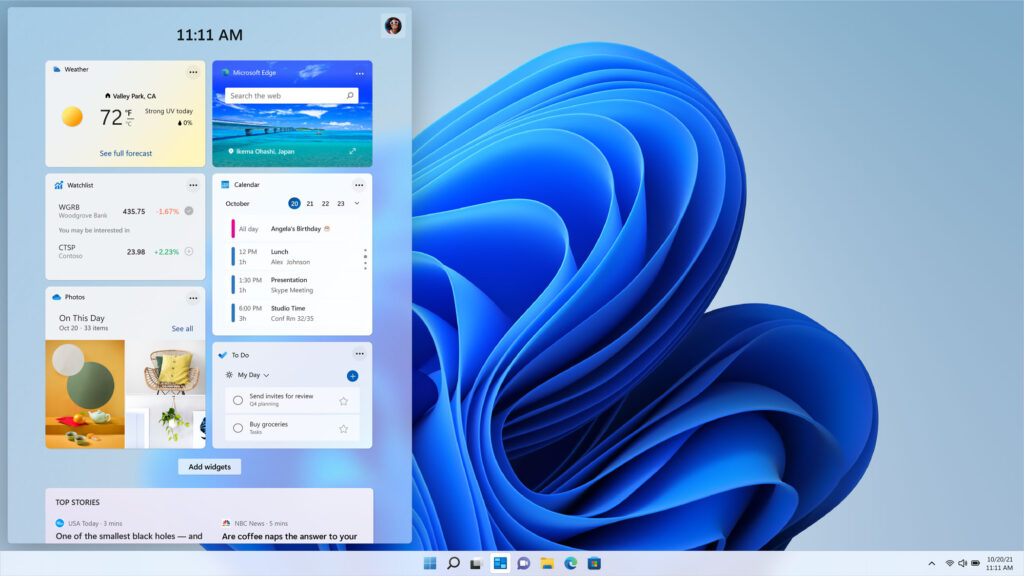
TPM requirements aside, the biggest potential pain point here is that “Windows 11 Home edition requires internet connectivity and a Microsoft account to complete device setup on first use. Switching a device out of Windows 11 Home in S mode also requires internet connectivity. ”
This means that you’ll have to sign up for a Microsoft account online and hook up to the Internet to actually activate Windows 11 if you run the Home edition.
Not the most ideal of circumstances seeing as they’ve spent years trying to make even the prospect of signing up for a local home account obtuse for casual Windows users. We’ll keep you posted with further updates as news arrives on the new operating system.
